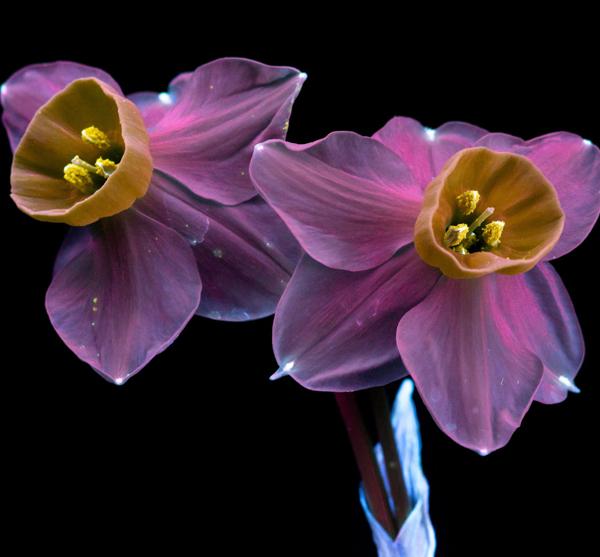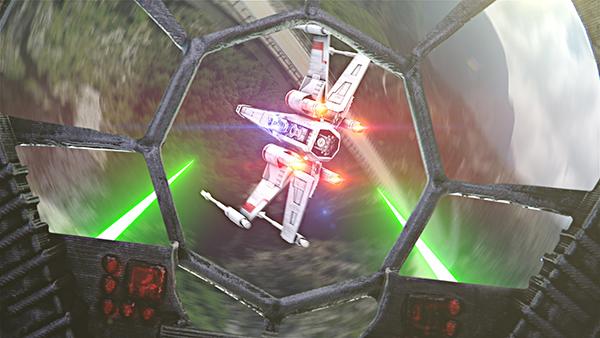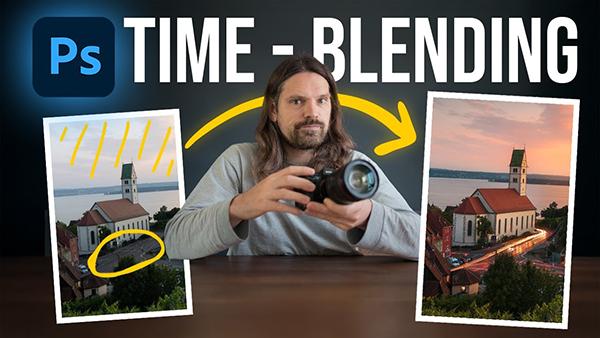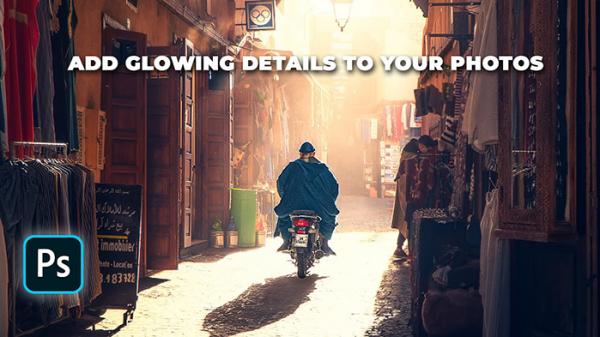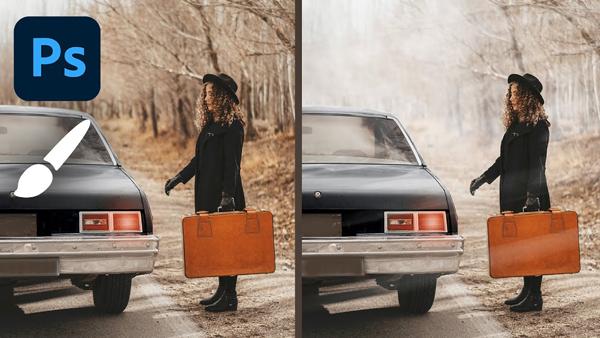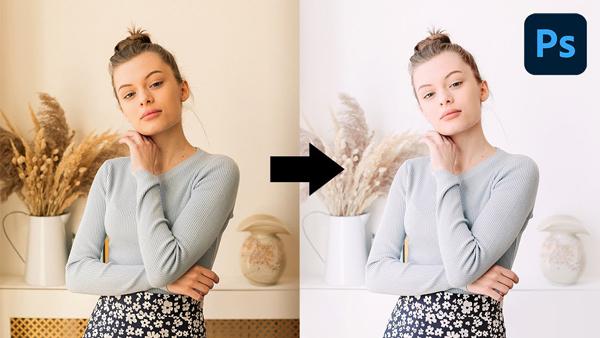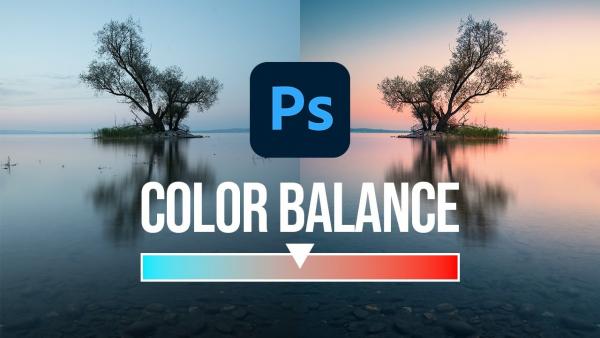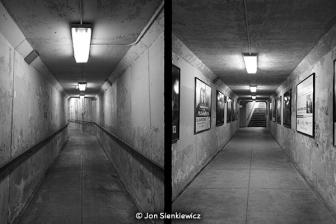News
Sort By: Post DateTitle Publish Date
|
Mar 29, 2013 |
First Published: Feb 01, 2013
|
Dec 14, 2012
|
May 01, 2009
|
Sep 01, 2008
|
Jan 23, 2017
|
May 25, 2016
|
Jan 15, 2021
|
May 05, 2021
|
Dec 16, 2021



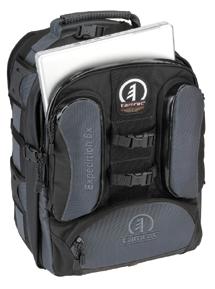
 Shoichiro Takeda contributed this article from Tokyo, Japan
Shoichiro Takeda contributed this article from Tokyo, Japan
